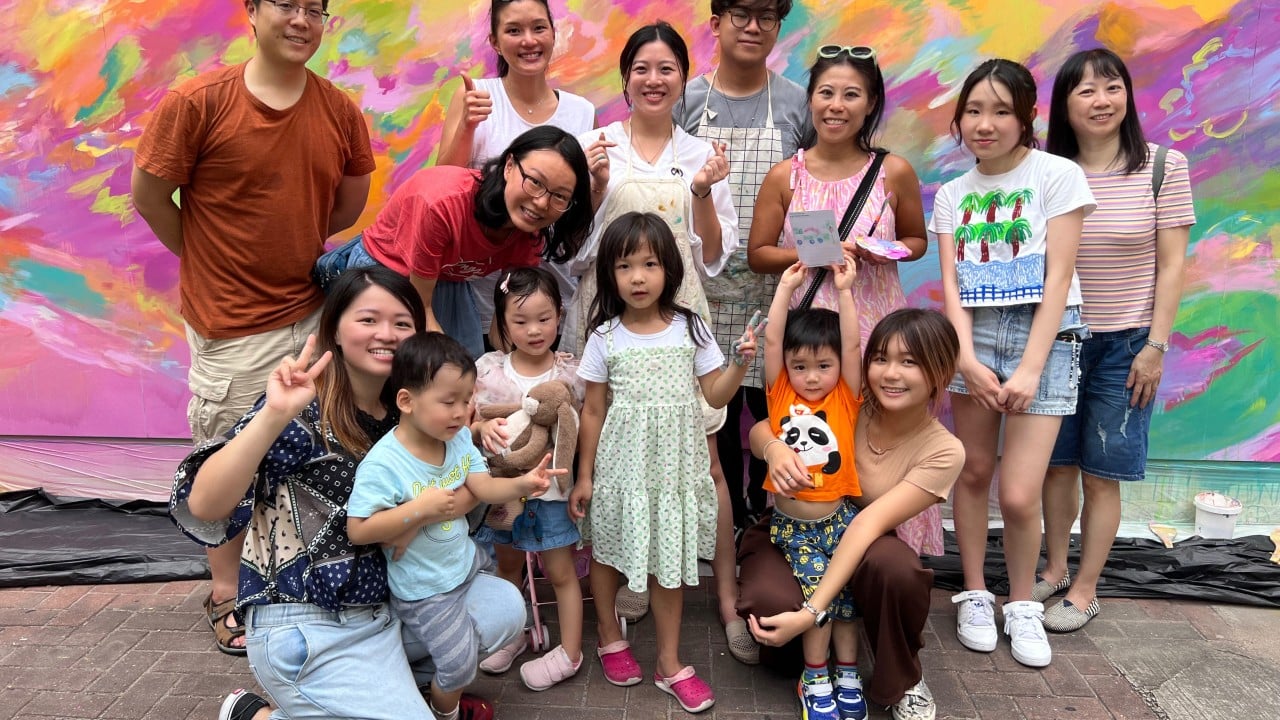La Cultura de la Felicidad (The Culture of Happiness)
1971 - Photography (Photography)
28 x 40 cm each
Luis Pazos
La Cultura de la Felicidad (The Culture of Happiness) is a series of five photographs addressing everyday life—a couple in a bed, lovers on a bench and a family reunion. The subjects wear masks made of white cardboard. The series suggests the idea of a reality hidden under the appearances of the power in place that denies violence to citizens. Pazos believes that art must respond to the condition of the country by questioning authority and violence in order to give individuals the possibility of constructing a critical discourse. As in Eastern Europe countries, performance has been a means of acting aesthetically and politically in places that are not marked by power with an a priori invisible art form.
Argentinian artist, born in 1940, Luis Pazos transitioned from an experimental poetry and editing practice to the creation of actions and happenings in the 1970s. Pazos uses the human body with the intention of questioning evolving political ideologies. The artist reports and examines the history of Argentina, a country that has suffered years of instability and dictatorship from the late 1960s. In his work Tranformaciones de masas en vivo (1973), he gives instructions to the audience who thus become living sculptures, transforming bodies into geometric shapes, evoking military enlistments as well as resistance forces. Political ideologies condition the social body and individual bodies.
Colors:
Related works found in the same semantic group
» see more

© » KADIST
Gabriel Pericas
2014“Weight & velocity (cat on router)” is a duo of two humorous photographs of a cat lying on a computer router...

© » KADIST
Luis Garciga
2009In Destinos Posibles Garciga performs a service in Havana, Cuba by offering strangers in the streets a “ride” to wherever they are going for free, in exchange he demands that the passengers address the question “what do they want from life?” A poignant video within the context of the limitations the Cubans have in terms of choices, desires, fantasies, and longing....

© » KADIST
Jonathan Hernández
2008In line with Hernández’s interest in catastrophe, Vulnerabilia (choques) is a collection of images of shipwrecks and Vulnerabilia (naufragios) collects scenes of car crashes...

